Attic inspections are essential for maintaining your home’s health and efficiency. They help identify issues like poor insulation, ventilation problems, pests, and roof leaks before they become larger problems.
However, knowing what to look for and deciding when to schedule an inspection can be tricky. That is why we crafted this article to help you understand the importance of home attic inspections, saving you time and money and preventing major future problems. Legacy Roofing of Idaho can help you learn the importance of attic inspections, key areas to focus on, and tips for effective home maintenance.
First, the Importance of Regular Attic Inspections
Simply put: Regular attic inspections maintain a home’s health and energy efficiency.
They ascertain structural integrity and air quality, preventing minor issues from becoming major problems such as roof damage. Not surprisingly, your attic is often an overlooked space that can make or break your home’s comfort and safety.
Timely inspections utilizing a professional roofing contractor in your area can prevent costly future repairs and provide peace of mind. Regular checks help catch minor issues before they escalate. They help identify potential problems like insulation issues, ventilation concerns, moisture and mold growth, structural damages, and even pest infestations.
Annual professional inspections effectively address potential issues. This proactive approach catches small problems early, saving time, money, and stress. Here is how to properly go about your attic inspections:
Key Components of an Attic Inspection
A thorough attic inspection covers several critical areas to ensure the overall health and functionality of the space. These include air quality, energy efficiency, and the need for attic cleanup and decontamination.
Understanding the key components of an attic inspection highlights what to look for and why these areas matter.
1. Evaluating Attic Insulation

Attic insulation plays a vital role in maintaining warmth and energy efficiency, especially during colder seasons. Insulation is essential for temperature control and can significantly lower heating and cooling costs. It is important to assess air leaks during an inspection as they can dramatically affect energy costs and home comfort.
A thorough inspection will check for the amount and condition of insulation. Poor insulation can lead to extremes in-home temperature, increased HVAC workload, and moisture accumulation, which can attract pests. If you find an issue, consider using spray foam insulation to seal air leaks, improve energy efficiency, and prevent cold weather issues.
2. Inspecting Attic Vents
Proper ventilation in the attic is essential to prevent moisture buildup, which can lead to mold growth and ice dams. Adequate ventilation helps maintain indoor air quality and prevents attic condensation and mold growth. During an inspection, ensure that the vents are properly installed, allowing for airflow while keeping pests out.
Adequate attic ventilation prevents costly excess moisture damage repairs. Proper ventilation, whether in cold or warm climates, is crucial for avoiding moisture-related issues and keeping a healthy attic.
3. Identifying Pests and Rodents
Pest infestations in the attic can lead to significant health risks and structural damage. Signs of pest presence include droppings, nests, and damaged insulation materials. Visual indicators such as gnaw marks also signify a rodent infestation, which can compromise the attic’s integrity.
A thorough attic inspection will identify any signs of pests, allowing for immediate action to address them. Preventing pest access by securing attic vents is one effective measure to keep these unwanted guests out.
4. Detecting Roof Leaks from the Attic
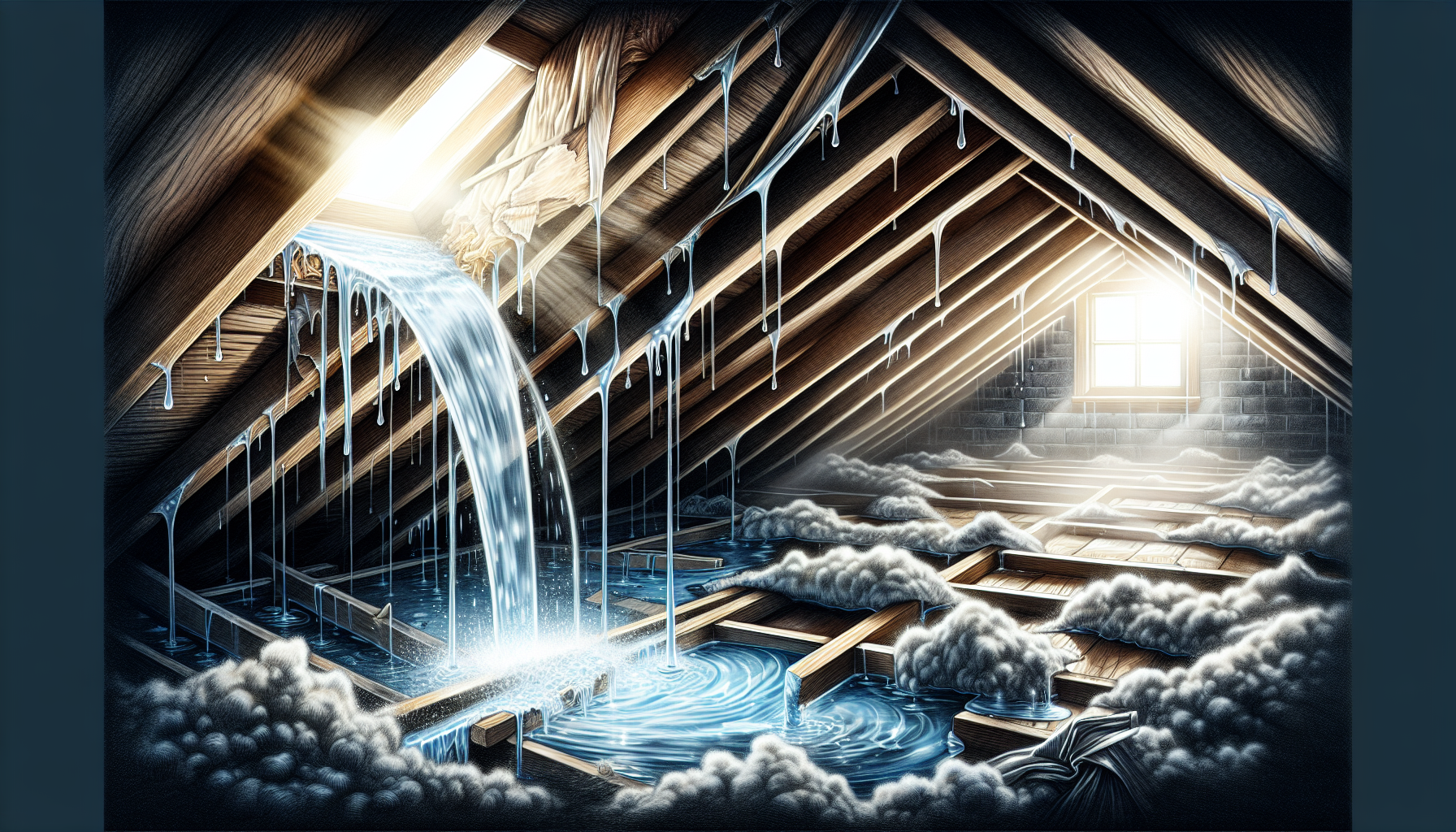
One of the most critical aspects of an attic inspection is detecting roof leaks. Attics are particularly vulnerable to roof leaks because they are rarely occupied, making an attic leak go unnoticed for extended periods. Most of your attic leaks are really roof leaks you just find in your attic. Damaged shingles or improperly installed or aging roofs can lead to roof leaks and wood rot.
Be sure to look for signs of water stains, which can indicate the path of a leak. Yellow or brown stains on walls and ceilings are telltale signs of water damage. A musty, mildew smell is another indicator of a roof leak in the attic. To locate the source, inspect the attic above wet ceiling spots for water trails on the rafters or decking. Trails on overhead joists, black marks, stains, and mold can help pinpoint the origin of the leak. Measuring the distance from the roof peak to the highest point of the leak can assist in locating it externally.
Water puddles in the attic are clear indicators of a leaking roof issue. It’s important to remove stored belongings, clean up standing water, and check for damages as part of the initial cleanup after identifying a leak. Moisture from a roof leak can affect stored belongings, insulation, ductwork, and joists, necessitating prompt attention.
Addressing Common Attic Issues
Whether you live in Boise, Eagle, or elsewhere, attic issues can happen to anyone. Hopefully, you won’t need to work with restoration professionals to fix any issues, such as corroded flashing or water leaks. Other common problems in the attic during inspections include rodent presence, insulation issues, and ventilation problems. Addressing these issues promptly can prevent further damage and maintain a healthy attic environment.
Let’s explore how to tackle specific attic problems in the following subsections.
1. Roof Leaks
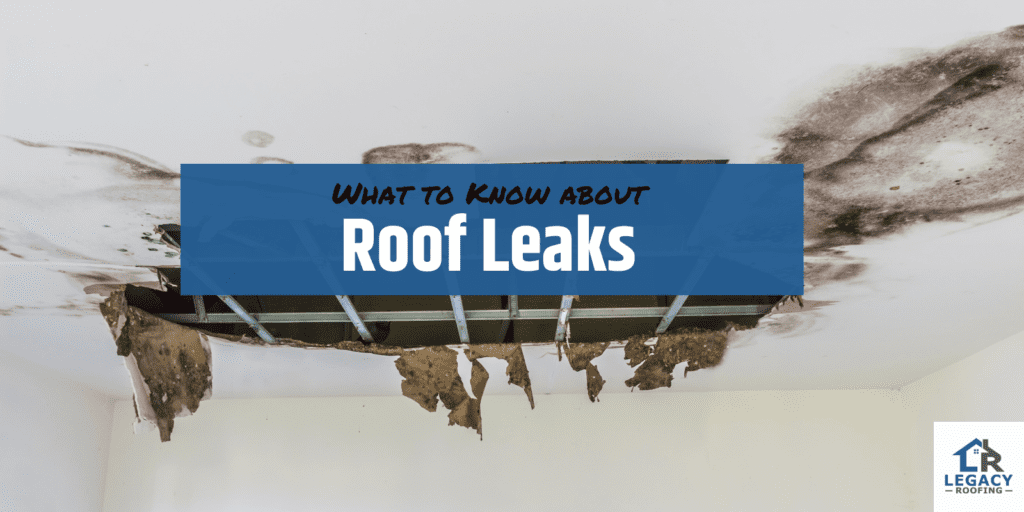
Spotting a leaky roof in your attic can be challenging, which is why annual inspections are essential. Inspect the roof decking with a flashlight to identify any water damage or leaks. Promptly addressing roof leaks prevents moisture buildup, mold growth, and roof leakage, as well as extensive structural damage.
Regular inspections and maintenance can help keep your roof in good condition and avoid costly repairs due to roof leaks. Don’t wait for roof leaks to cause significant damage—be proactive in maintaining your attic’s health and consider roof repair as part of your routine upkeep.
2. Fixing Insulation Problems
Replacing old or damaged insulation is crucial for maintaining energy efficiency and reducing energy bills. Working with a professional ensures that attic insulation is layered evenly for maximum effectiveness. This prevents air leaks and maintains proper insulation, which is essential for a comfortable home environment.
Proper insulation prevents moisture problems and maintains consistent indoor temperatures. Promptly addressing insulation issues saves on costly repairs and enhances energy efficiency.
3. Clearing Blocked Vents
During an inspection, it’s crucial to ensure that attic vents are free of obstructions, have a sufficient number, and are properly placed. In cold climates, attic vents reduce the likelihood of ice damming, while in warm climates, proper ventilation allows hot air in the attic to vent outside.
Clearing blocked vents ensures adequate ventilation, preventing moisture buildup and mold growth. Regular checks and maintenance of attic vents help avoid these issues and also prevent your HVAC system from breaking down. The Treasure Valley has hot summers and cold winters which can be a major concern for your HVAC unit if you don’t perform regular maintenance and check blocked vents.
4. Managing Pest Infestations
It’s important to check for pests and rodents in the attic due to health risks and potential costly repairs. Damaged insulation, unpleasant smells, and droppings are common signs of a rodent problem. These indicators can help you identify an infestation. Securing attic vents can prevent rodent access and reduce the likelihood of infestations.
Rodent infestations can compromise insulation and create health risks. Promptly managing pest infestations prevents significant damage and maintains a healthy attic environment.
When to Schedule an Attic Inspection
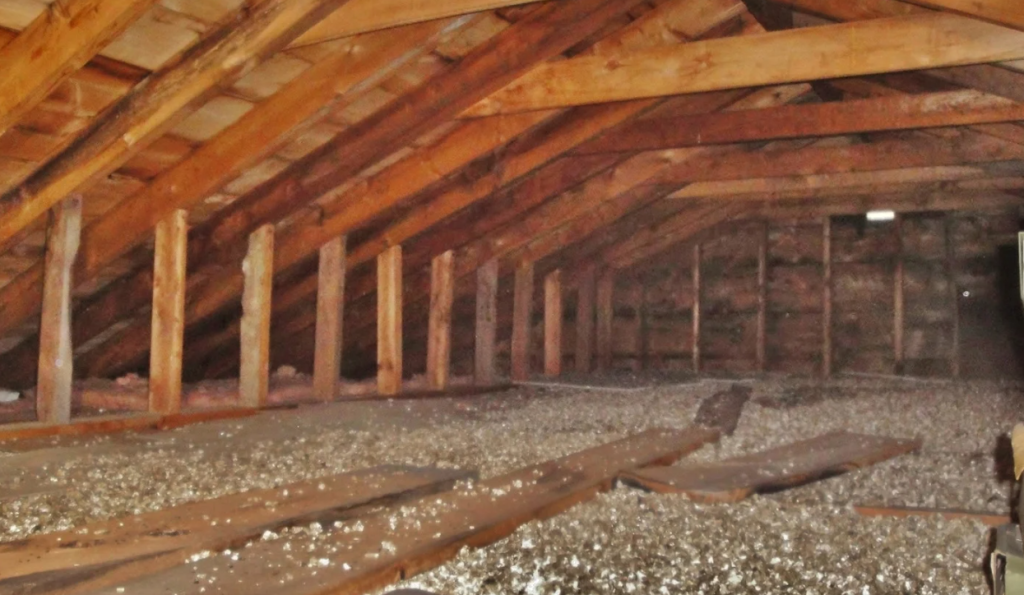
Scheduling an attic inspection before purchasing a new home can uncover hidden issues. Inspecting the attic after severe weather conditions is crucial to prevent further problems. Regular inspections catch minor issues before they become more significant problems, saving you time and money in the long run.
Annual inspections during holiday decoration seasons can catch minor issues before they escalate. Regular attic inspections maintain your home’s health and prevent costly repairs.
Professional vs. DIY Attic Inspections
Do you know someone who is all about DIY? In some cases a quick visual inspection of your attic isn’t a bad thing. However, you often need an expert to inspect structural integrity or spot a water leak. DIY inspections can save money but may lack the thoroughness of professional assessments. Professionals use the right safety gear and training to ensure a comprehensive evaluation of the attic condition.
Engaging a professional service ensures thorough cleaning and disinfection, especially for rodent infestations. Consider the benefits of professional inspections for a detailed and accurate assessment of your attic’s health.
Cost Considerations for Attic Inspections
Several factors affect the cost of an attic inspection: attic size, scope of inspection, geographic location, and inspector experience. Visual inspections are less expensive than specialized ones like thermal imaging. Urban areas usually have higher inspection fees compared to rural areas.
Seasonal demand impacts inspection costs, with higher prices during peak seasons. Inspector qualifications and experience also affect costs, as more experienced inspectors generally charge higher fees for their expertise.
The typical price range for attic inspections can vary widely, generally falling between $150 and $500 or more based on various factors. However, if you suspect you have a roof leak and live in the Treasure Valley, Idaho area, Legacy Roofing can come to help inspect your attic and roof for free; just reach out below:
Preventive Maintenance Tips for Your Attic
Routine attic inspections create a healthier living environment. Inspecting the attic every two to three years prevents mold growth and structural damage. Insufficient insulation can lead to extreme indoor temperatures and increased energy costs due to HVAC strain. Ensure insulation meets specific R-values for optimal energy performance.
Blocked attic vents can result in mold and mildew growth, posing health risks. Properly functioning roof vents prevent moisture buildup and reduce mold risk. Installing ridge and soffit vents enhances natural airflow in the attic.
Regularly cleaning your attic helps prevent the build-up of dust, mold, and allergens. Organization in the attic can optimize space and facilitate easier inspections and access. These preventive maintenance tips can help you maintain a healthy and efficient attic space.
The Verdict
Regular attic inspections are crucial for maintaining a healthy and energy-efficient home. You can prevent costly repairs and ensure a comfortable living environment by identifying and addressing common attic issues such as insulation problems, ventilation concerns, and pest infestations.
Key Takeaways
- Regular attic inspections are essential for maintaining a home’s structural integrity and energy efficiency and preventing costly repairs by identifying issues early.
- Key components of an effective attic inspection include evaluating insulation, inspecting ventilation, detecting pests, and checking for roof leaks.
- While DIY inspections can save money, hiring professionals ensure a comprehensive evaluation, especially when dealing with potential infestations or significant structural concerns.
Remember to schedule regular inspections, consider professional help for thorough assessments, and follow preventive maintenance tips to keep your attic in optimal condition.
Frequently Asked Questions
Why are regular attic inspections necessary?
Regular attic inspections are crucial for ensuring your home’s health and energy efficiency, as they help identify insulation issues, ventilation problems, moisture, mold, structural damages, and pest infestations. Addressing these issues promptly can prevent costly repairs and improve overall comfort.
What are the key components of an attic inspection?
The key components of an attic inspection include evaluating insulation, inspecting vents, and checking for pests or rodents. Addressing these areas ensures the integrity and safety of your home.
How can I detect roof leaks from the attic?
To detect roof leaks from the attic, inspect for water stains, musty odors, water puddles, and trails on rafters or decking. Measuring the distance from the roof peak to the highest point of the leak can help in locating it from outside.
When should I schedule an attic inspection?
You should schedule an attic inspection before finalizing a home purchase, after severe weather events, and annually during the holiday decoration season. This proactive approach ensures your attic remains in optimal condition.
What factors influence the cost of an attic inspection?
The cost of an attic inspection is influenced by factors such as the size of the attic, the scope of the inspection, geographic location, the inspector’s experience, the type of inspection conducted, and seasonal demand. Understanding these variables can help you anticipate potential costs more effectively.
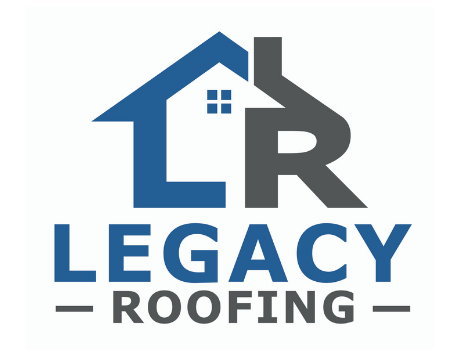
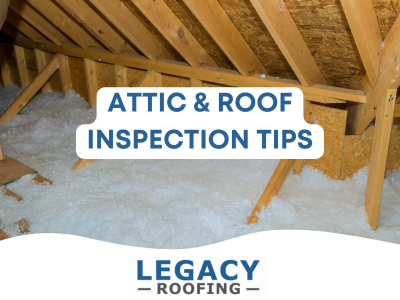
 Roof Leaks: 14 Causes & Ways to Fix a Leaky Roof
Roof Leaks: 14 Causes & Ways to Fix a Leaky Roof